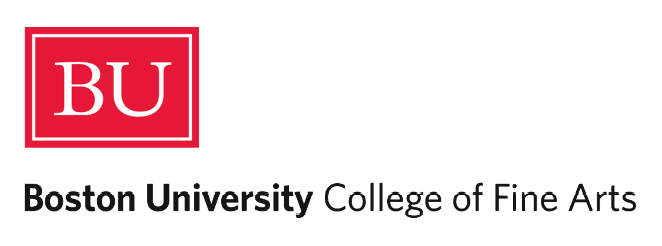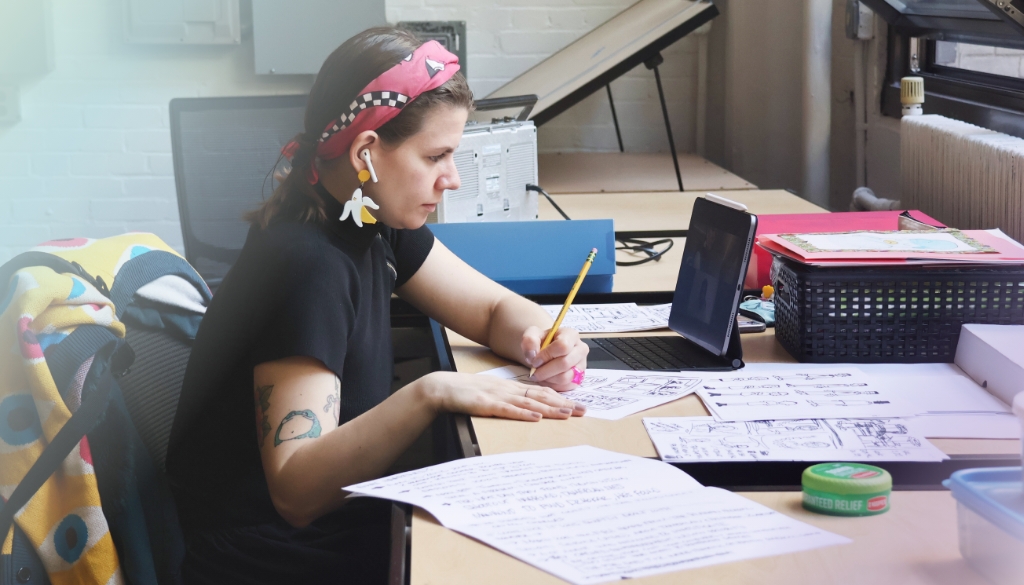
RANKINGS
Boston University is an internationally respected university with a reputation for excellence and extensive research.
Top 100 national universities (U.S. News & World Report college rankings)
Top 100 graduate universities (QS Quacquarelli Symonds rankings)
Featured in Newsweek as the 35th best university in the U.S. and the 65th best university in the world
Top 20 best U.S. universities; Top 54 international universities (The Times Higher Education Supplement)
The Center for Measuring University Performance places Boston University among the top 50 research universities in the nation
15th best school in the U.S.; 34th best school in the world; and 15th best United States school for the professional future of its alumni (“The Professional Ranking of World Universities”; by Ecole de mines de Paris)
The Institute of Higher Education at Shanghai Jiao Tong University ranked Boston University among the top 100 universities in the world, and among the top 50 best overall universities


